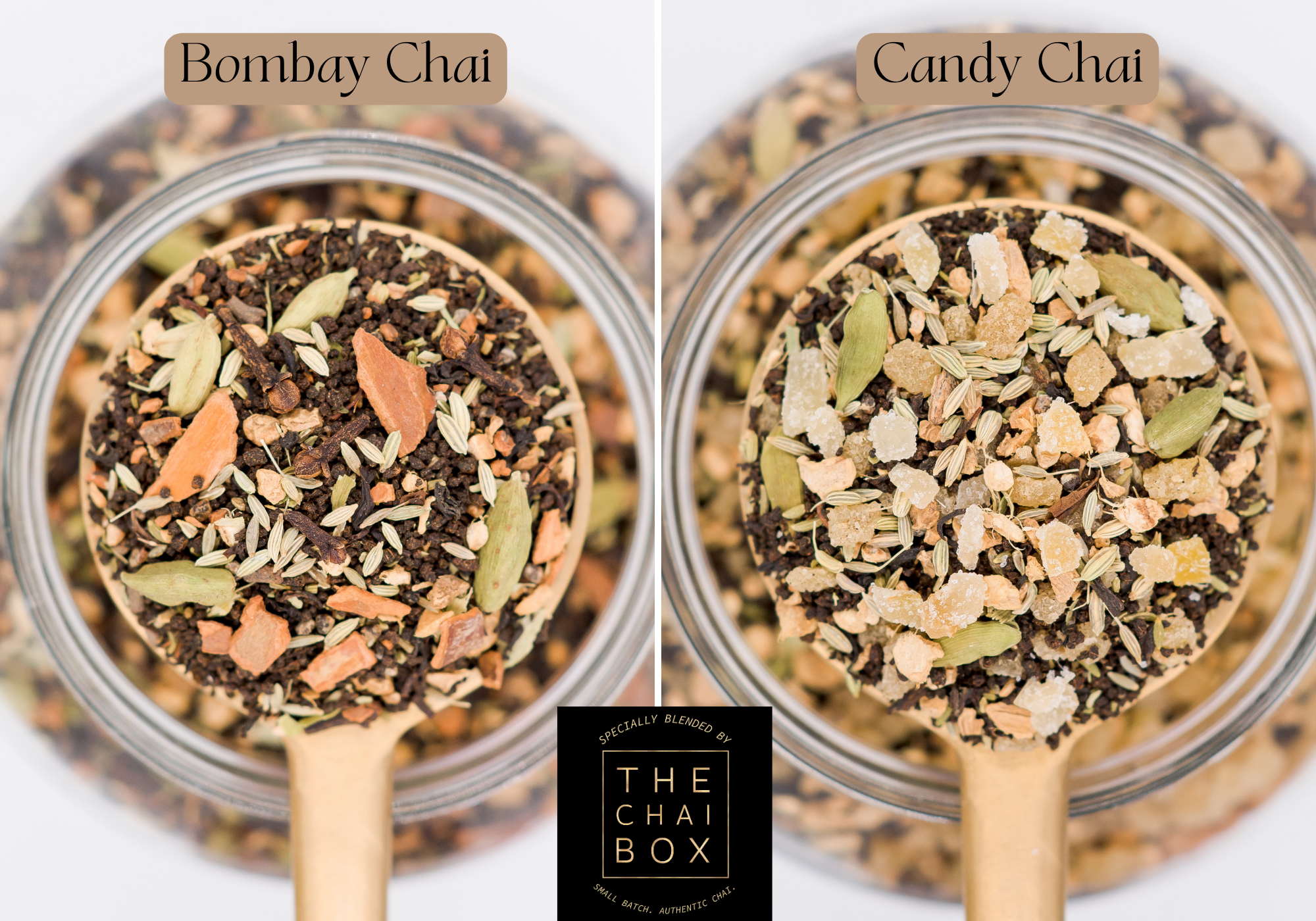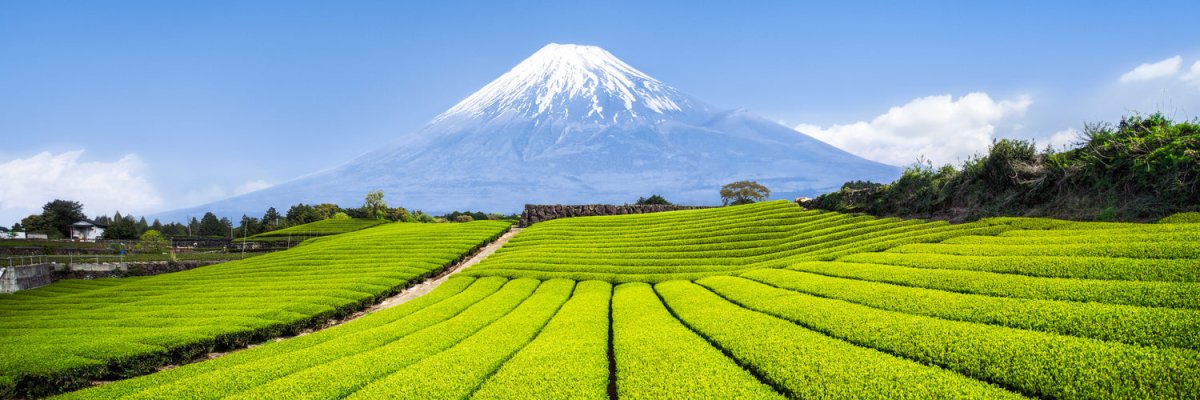
The Name "Tea"
The Etymology of Our Favorite Drink
"The word [tea] is not to be found in the Bible, the works of Shakespeare, or any other publication in English previous to the latter half of the seventeenth century. In the known references to tea in English during the years 1650-1659, the word appears in its earlier form of 'tee,' but pronounced 'tay' until the middle of the eighteenth century."
- William H. Ukers, The Romance of Tea
At one point in time, the drink we have come to know and love as "tea" was once called "tay" (like "Tae" in Tea with Tae... coincidence?). In other parts of the world, it is "cha" or "chai."
In China, the tea plant received its present appellation (茶 or "cha") in AD 725. The form of the name that then entered each language depended upon the route by which tea was first traded into that country. When tea first traveled from China to the Middle East and Russia, the word "cha" spread throughout those regions. Today, "tea" is pronounced "cha" in Persian, Japanese, and Hindi; "shai" in Arabic; "ja" in Tibetan; "chay" in Turkish; and "chai" in Russian. Tea is truly the world's drink.

In the West, Dutch trade ships brought tea from China to the European countries, naming the leaves te, which was pronounced "tay." Today, tea is known as "thé" in French, "thee" in German, and "te" in Italian, Spanish, Danish, Norwegian, Hungarian, and Malay. To scientists, it is "thea," now commonly known as the genus camellia.
To read more about the etymology of tea, Wikipedia has you covered.




Leave a comment
This site is protected by hCaptcha and the hCaptcha Privacy Policy and Terms of Service apply.